_17_15_42.png?alt=media&token=5986823d-cb92-4d85-bf71-7c68fe927d01)
Interview
Ritmos y fugas: dancing the street as a form of resistance. Interview with Federico Martínez Montoya
by Aurora Marie Leyva
Reading time
5 min
I met Fede the day he had shot the video Ritmos y fugas. While we were having lunch with Gemma Argüello, Beto Díaz, and Sara Medina, they told me about the project they were organizing at the open gallery of TEC de Monterrey. I had the opportunity to see the projection on a street in Colonia Independencia on Saturday evening, May 27th. The fact that the video intervened in public space and depicted actions involving the body, dance, and mutual learning as forms of resistance led me to have some questions, which I was able to share with Fede.
Aurora Marie Leyva (AML): I really liked the video and how dance is represented as a form of resistance. How was your process before connecting with the dancers, and how did it change during the making of it?
Federico Martínez Montoya (FMM): Ritmos y fugas kept transforming all the time. That's part of my way of working on collaborative projects. When working with others, you can start with something that concerns you, but the final project will transform as others contribute their own perspectives.
The project derives from research related to dance spaces and memory—dance spaces as a form of resistance. The research began in Mexico City around 2015, focusing on the recovery and activation of the memory of a clandestine gay bar in Alameda Central.
When I was invited to participate in this project, I wanted to investigate dance places. We realized there weren't many places with the characteristics we wanted, so we started thinking about street dances. That’s how each participant emerged: first Leticia Hinojosa, then Alejandra Naranjo, a danzón teacher. A clear line was drawn: "women who dance in the street." Finally, Kristen Génesis appeared through a friend of mine from the Ballroom culture. The line drew itself.
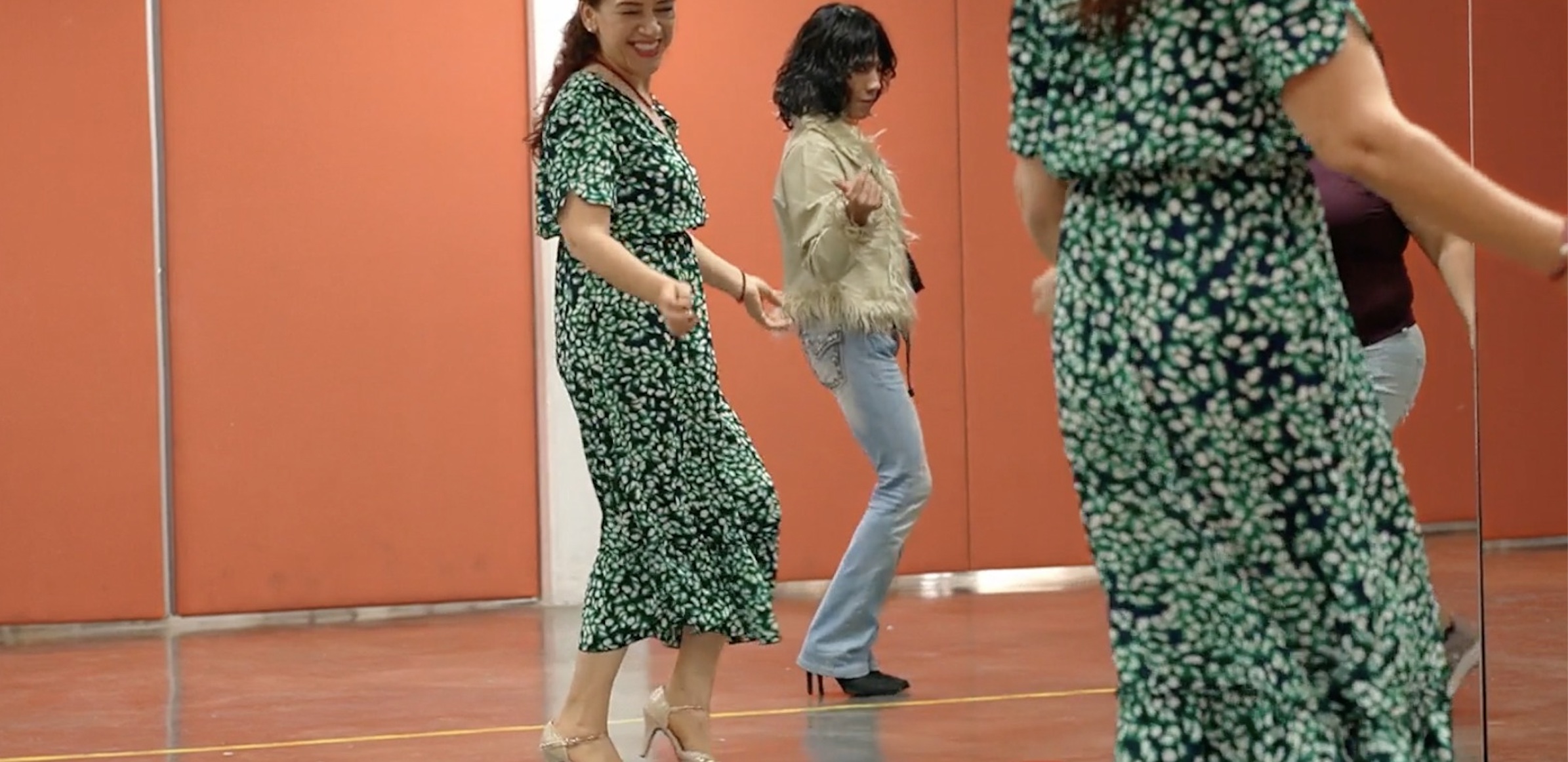
The project took shape as I interviewed and recorded them in their usual dance spots. The last part of the project involved them meeting in a dance hall to teach each other how to dance.
AML: As an artist based in Mexico City, what exchanges did you have with the people in Monterrey who collaborated on this project?
FMM: I had previously worked in Monterrey, beginning around 2006 with Ana Cadena on a project related to the oral memory of former Fundidora workers. Since then, the dialogue and exchanges have been constant with artist friends, in addition to keeping abreast of things happening there. This time, the main exchange was with the women who participated: Lety, Ale, and Kris, and the team that worked on the project, mainly Gemma Argüello, who curated it. Sara Medina, curatorial assistant of Distrito TEC, as well as Memo García and Pau Morán from Alboroto, were involved in all the management.
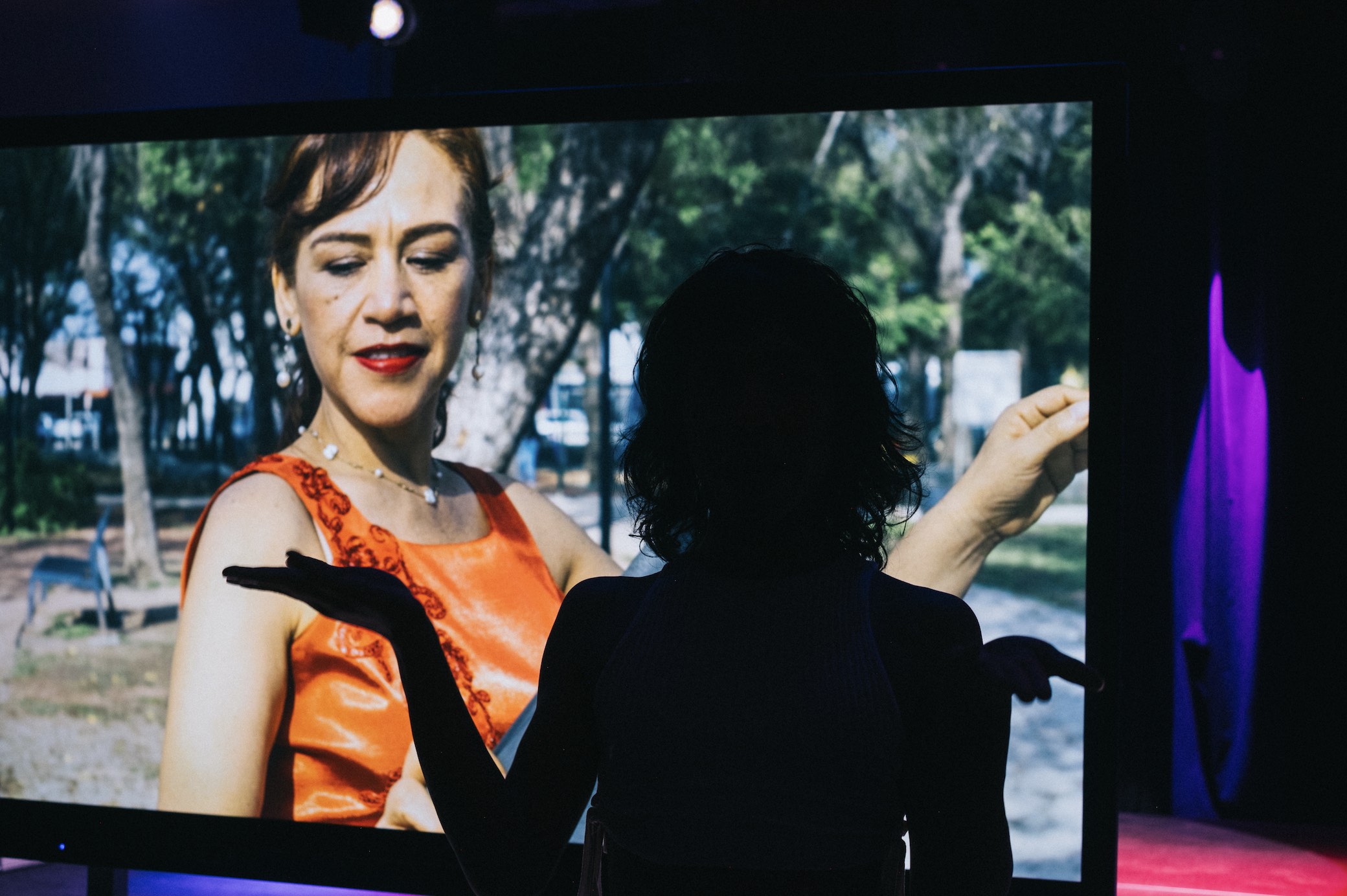
The most interesting dialogues arose from my experience as a man researching women's experiences with dance. Dialogues with them, Gemma, and Sara helped me understand the female experience and the Monterrey context: the non-rational dialogue that dancing implies, physical closeness, role-playing, and how these issues are projected in daily life. Those were the most interesting exchanges I had, and also what dancing and the body meant to each one of them from their context.
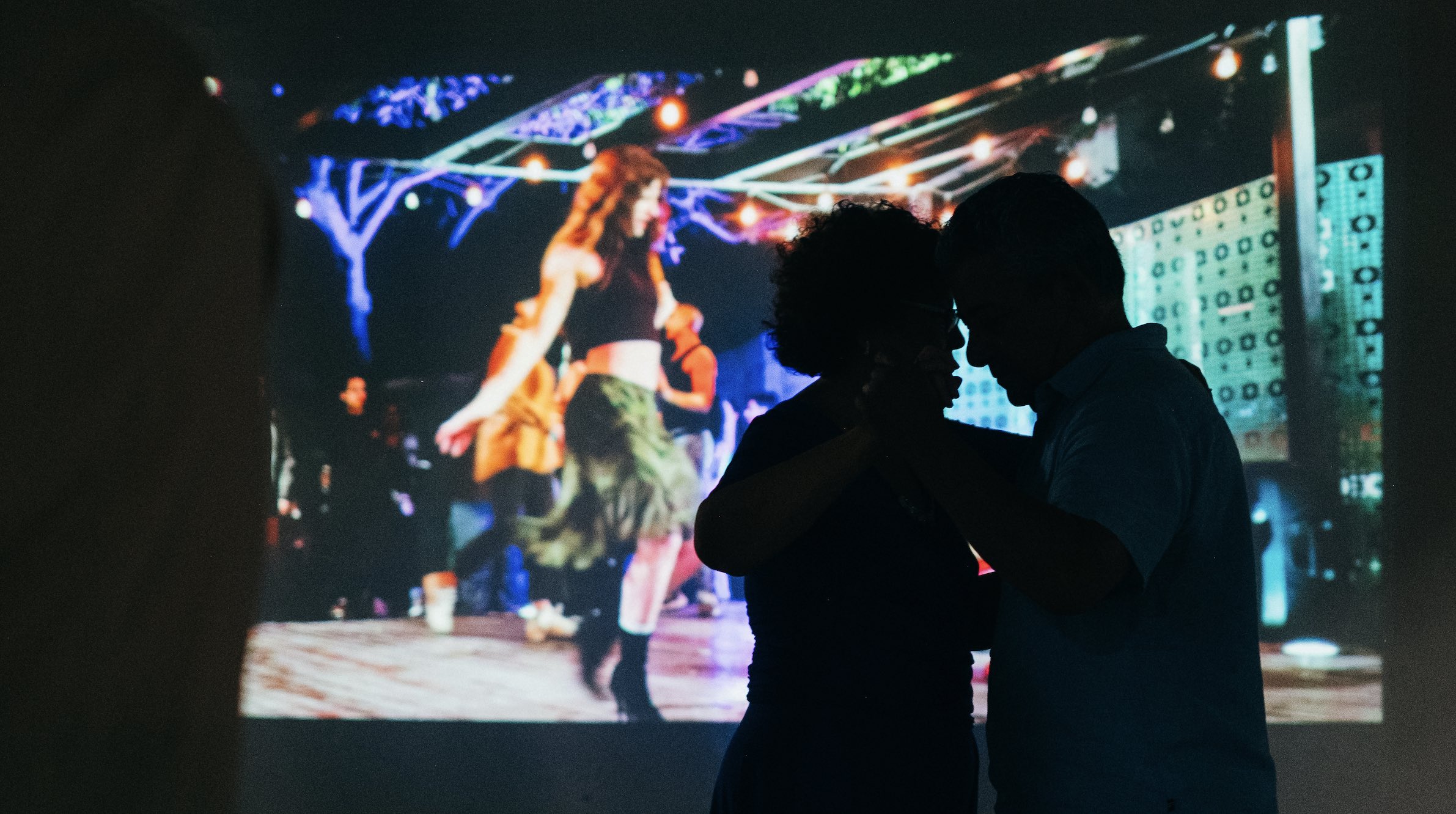
AML: How did the video’s perception change depending on the location where it was presented? How does the meaning of "dancing the street" change when presented in institutional or public places?
FMM: Each context where it was presented was different, and different results were obtained. For example, in Colonia Florida, Ale's dance group members, mostly older adults, attended. They no longer work, so they were available. The video was received as recognition of their teacher’s work.
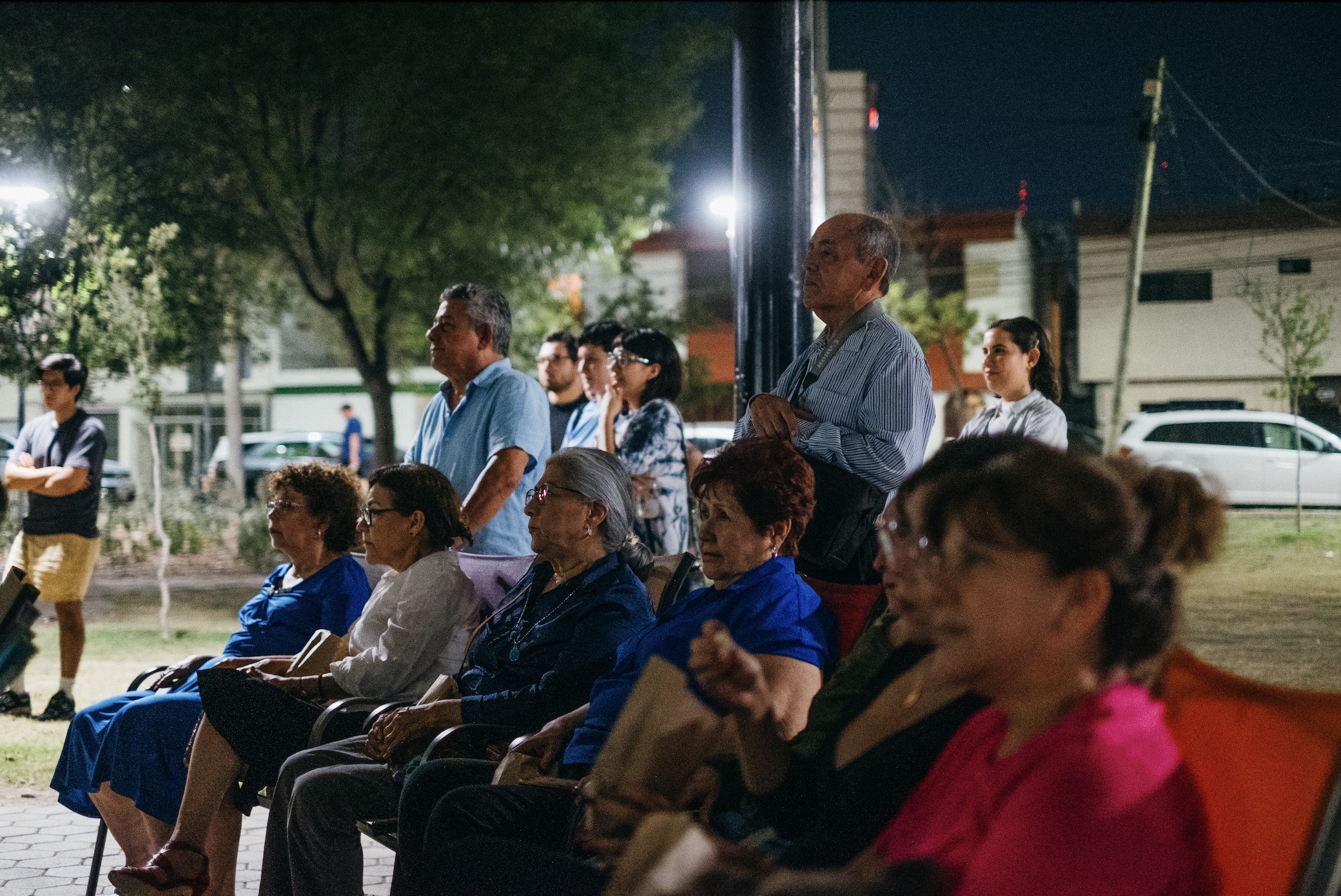
At LABNL, the screening was at six o’clock because it was the only time Kris, another protagonist, could be there. Most of her Ballroom house members were working, so fewer attended. This presentation showed that sharing dance knowledge helped Kris face certain fears related to living with other cis women, impacting her as a trans woman.
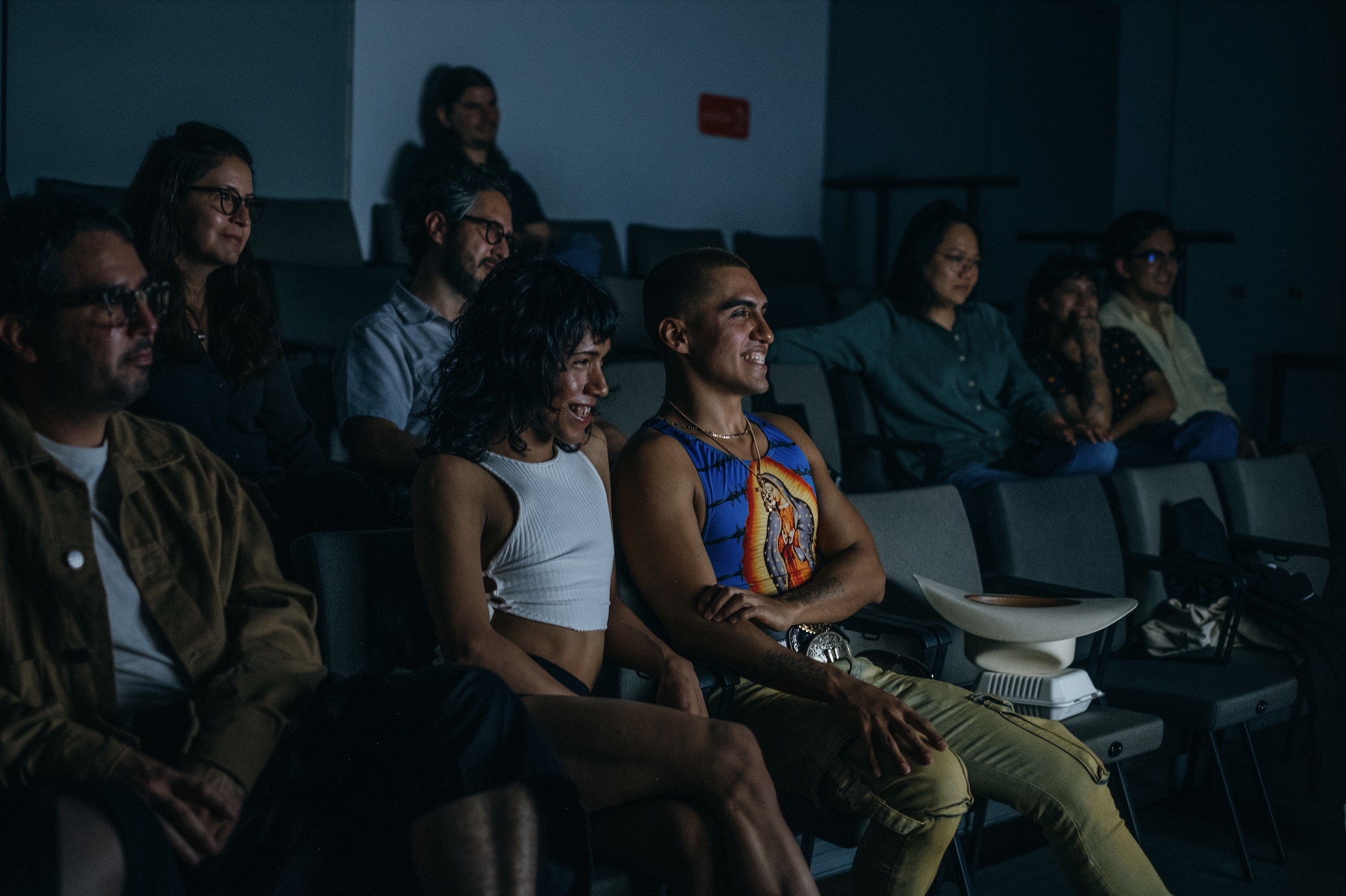
In Colonia Independencia, the presentation took place on a Saturday evening. There was no prior socialization with the community, so people approached us with fear or doubts, thinking we were with a political party. Few neighbors and Lety’s family watched it, but Lety was joyful seeing it projected in her neighborhood.
A final reflection on this type of socialization has to do with the fact that there are times when the "museum" institution does generate certain forms of legitimization and recognition that can be beneficial for the participants. In previous experiences, where I have developed projects in collaboration with people to share their experiences about their daily work, seeing themselves reflected in a video that is projected inside a museum generates a mirroring sheltered by the institution that represents legitimacy. In Ritmos y fugas, legitimacy has to do with the place where their knowledge and experiences deserve to be shared and exhibited; the issue of public presentation continues to be a challenge for the development of this type of project.
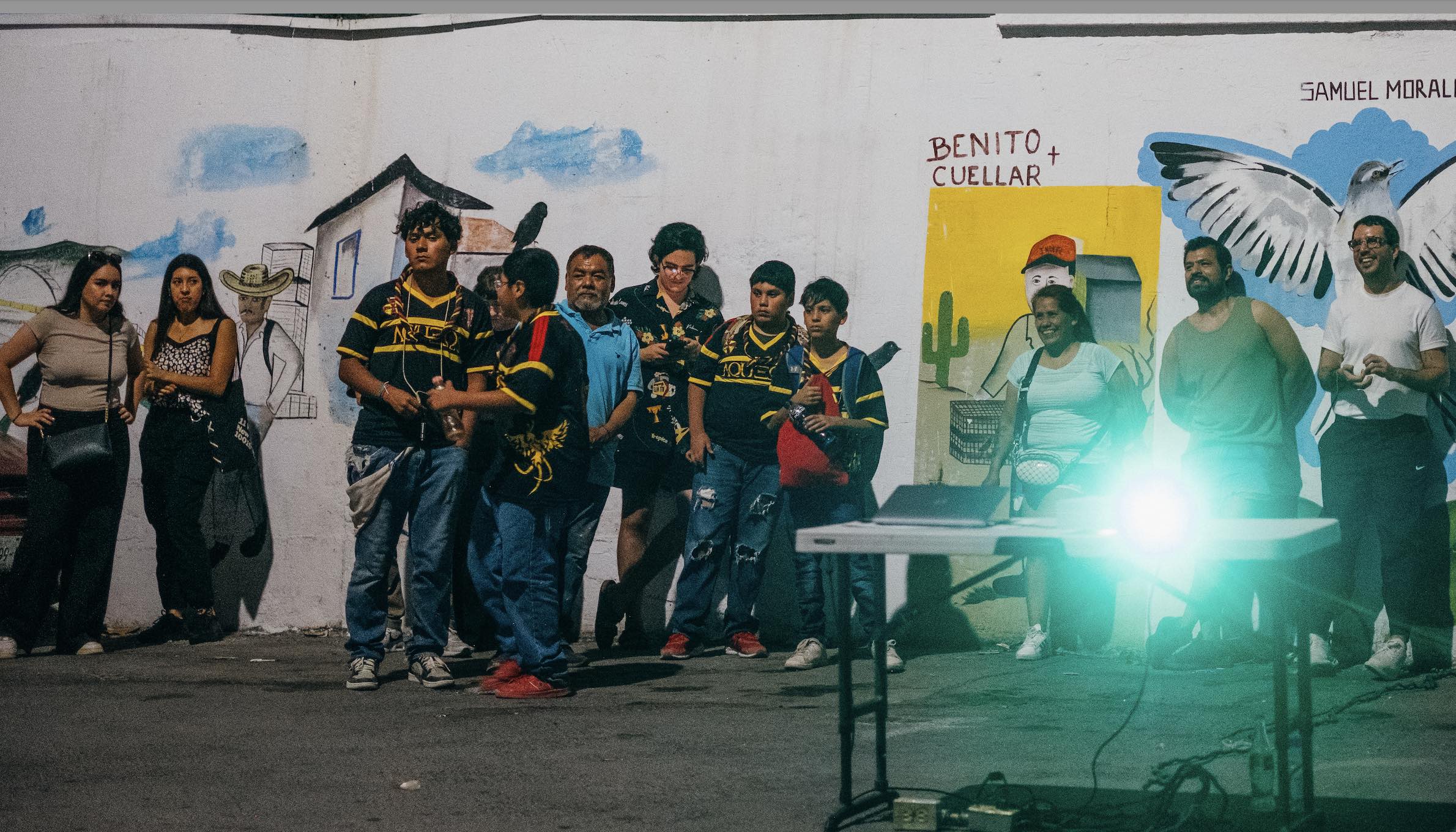
AML: It's fascinating that the project reflects on resistance, body, and gender lines while questioning legitimization spaces and audience relationships. Thank you very much, Fede!
FMM: Thanks to you!
Published on June 14 2024